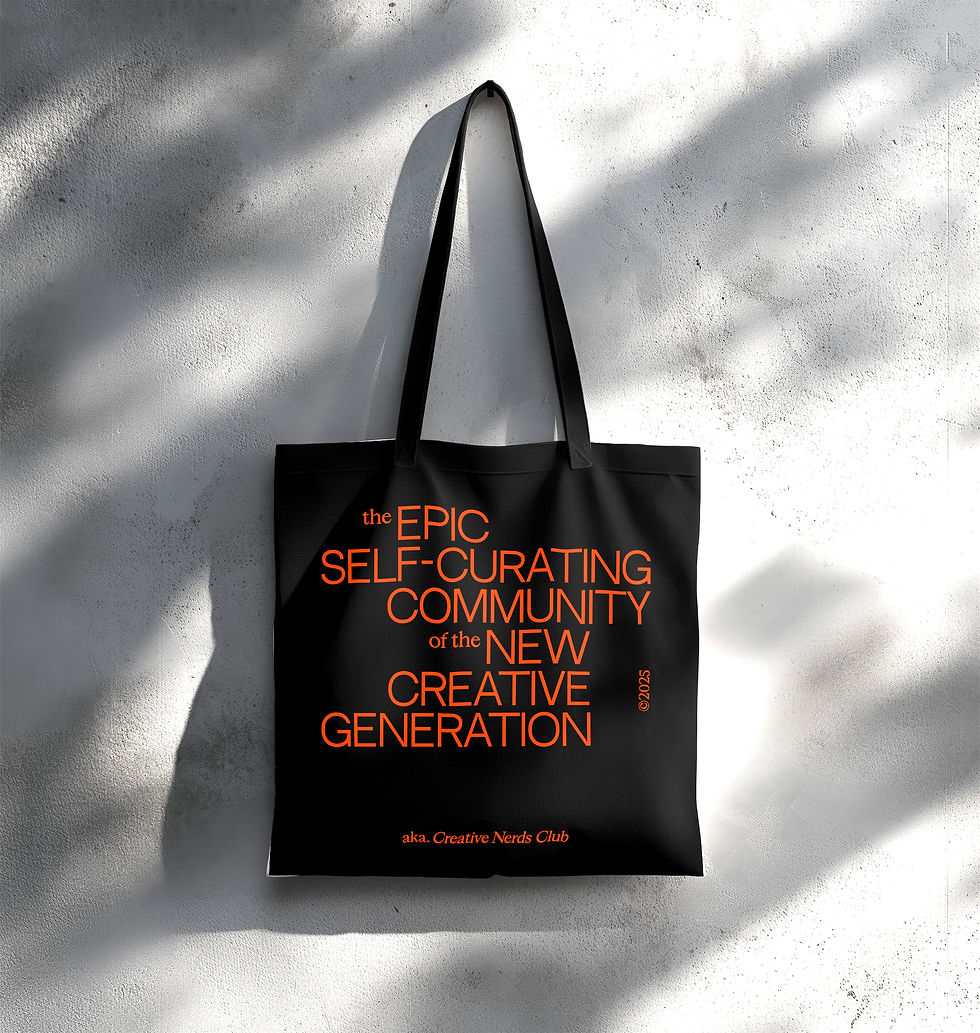DIALOGUE: Lucas Zito | Contemporary Designer
- Onur Çoban

- Jun 25, 2023
- 4 min read

We talked about his work and production practice with Lucas Zito, a contemporary designer specializing in light design through 3D printing with plastic made from corn starch, who came to the fore with his Buoy series at Milan Design Week 2023.
Who is Lucas Zito? Can you briefly tell us about yourself?

I am a designer born and raised in Paris. I studied at the Eindhoven Design Academy in the Netherlands. My practice focuses on the in-depth study of ecological and recyclable materials in combination with new technologies. My recent work has been in the field of light design through 3D printing with plastic made from corn starch. My approach is concerned with both aesthetics and functionality in the most environmentally sensitive way possible, and the perspectives of my practice evolve according to the social environment and beliefs.
Your work from your Buoy series at Milan Design Week 23 was very well received. We would like to hear the story of this series from you.
The lamps of the Buoy series were produced entirely in Paris. Buoy comes from the word buoyancy. Like buoys at sea, these lights are erected, floating, light but weighty. After returning to Paris during the quarantine, I had a small workshop where I could only set up 3D printers. I had to calibrate them in a certain way, as I wanted all their outputs to be the same. I ended up with an enormous quantity of these rather large shapes, which I stored vertically on top of each other. These highly lightweight lamps remind us that creating large objects using as little material as possible is possible. For example, the largest 5-meter lamp weighs only 45 kilos.
You often use ecological and recyclable materials in your work and integrate them with new technologies. What are the challenging and exciting aspects of working with different materials? What excites or motivates you the most in this process?
What is very interesting for me in this challenge is that in addition to thinking about the aesthetic properties of the objects I design, I also do in-depth studies about the properties of each material and their industrial circuits, recyclability, and sustainable usability. If I want to use a specific plastic, I need to ensure that I can recycle it so that I don't end up with piles of different materials. I don't have the means to recycle my waste, so I must be cautious about what I waste. But even though this is the problem of our global society with materials such as plastics, it is also the strength of this material; not all thermoplastics are very easy to recycle, cost-effective, and have more than one or two recycling cycles.
How do you balance aesthetics and functionality in your lighting designs? What factors lead you to find this balance?
In my work, the balance between aesthetics and functionality is not considered too much. It comes. Naturally, I put a lot of effort into making functionality one of the primary aspects of my products and aesthetics. Yet I give a lot of credit to mistakes and imperfections. I always aim for a goal that I know is not necessarily achievable. It doesn't matter how technical the work is, the serendipity of finding something that works, often better than the original idea, takes precedence over the original idea, if there is one. I also usually don't have a definite idea; I just work with a process.
Can you tell us a little bit about your production process? Are you closer to analog or digital techniques?
My techniques are closer to digital than analog, but there are two aspects of my work; the production is mainly moving from digital creation to digital display, while the creation takes place in a space closer to impact and emotion, which is always neither analog nor digital but more emotional. I also tend to work in a way where I do not decide the output; instead, there is a predefined protocol. It's like our setting is a one-unknown equation where I input different unknowns to get different outputs.
Which of your works to date excites you the most?
I think the one that excites me the most is the upcoming "Ivy" project. You can see some of it on my Instagram. To explain briefly, as in most of my projects, I work on the refraction and dispersion of light and the object's scale.

What do you do for inspiration? Who are the names you follow with curiosity in this field or from different disciplines?
I am inspired by the names I admire and primarily by physics. Some exciting principles have existed since the beginning of time, and I love seeing them applied in various moments of life. There are few people I follow other than my designer friends I admire. I usually find the work of YouTubers like NileRed very interesting in applying what I see. I rarely get inspired by the shape or material of another design. Instead, I try to apply a process I see in nature, books, or the internet.
Are you excited about the future, and what are your plans?
I am very excited about what the future holds, or at least what the future holds for me. One of my plans is to create a global 3D printing community of designers and return to other mediums as I have worked.












































